
Why Bright Colors Boost Game Engagement and Learning
Visual stimuli play a crucial role in capturing attention, evoking emotional responses, and facilitating cognitive processes. In educational and gaming contexts, the strategic use of color—especially bright hues—can significantly enhance user engagement and learning outcomes. From digital platforms to real-world environments, understanding the science behind color perception helps designers craft more effective experiences. Modern examples, such as the colorful aesthetics of by the way…, demonstrate how vibrant visuals stimulate curiosity and motivation.
Table of Contents
- The Psychological Impact of Bright Colors on Human Attention
- Bright Colors as Enhancers of Memory and Recall in Educational Contexts
- Application of Bright Colors in Game Design to Boost Engagement
- The Role of Bright Colors in Learning Environments Beyond Games
- Non-Obvious Dimensions of Bright Colors in Education and Gaming
- Historical and Pop Culture Perspectives Reinforcing Bright Colors’ Effectiveness
- Practical Guidelines for Implementing Bright Colors in Educational Games and Content
- Future Trends: Bright Colors and Emerging Technologies in Education and Gaming
- Conclusion: Leveraging Bright Colors to Enhance Engagement and Learning Outcomes
The Psychological Impact of Bright Colors on Human Attention
Bright colors are inherently attention-grabbing due to their high luminance and saturation. This visual prominence makes them effective in capturing focus quickly and sustaining it longer than muted tones. Research from cognitive psychology indicates that contrast and saturation amplify the visual appeal by providing clear differentiation between elements, which directs the viewer’s gaze efficiently.
For example, in user interface design, brightly colored buttons or alerts are used to prompt immediate action. This principle extends to game design, where vibrant characters and backgrounds can enhance reaction times, facilitating faster decision-making processes. The human brain is wired to respond to high-contrast stimuli, which explains why bright hues like red, yellow, or electric blue are commonly employed in environments requiring quick responses.
Visual Capture and Reaction Times
Studies show that objects with vivid coloration can reduce reaction times by up to 20% compared to duller visuals. This property is crucial in educational settings for activities that require quick recognition or decision-making, such as quizzes or interactive simulations. Bright colors serve as cognitive anchors, guiding attention and minimizing cognitive load during complex tasks.
Bright Colors as Enhancers of Memory and Recall in Educational Contexts
Vivid visuals facilitate memory retention by creating strong associative links in the brain. When learners are presented with bright, contrasting colors in educational materials, they tend to remember information more effectively. This phenomenon is well-documented in cognitive science, which suggests that color enhances the encoding process, making recall more efficient.
Platforms like flashcard apps or interactive e-learning modules often use bright color schemes to categorize information, aiding in organization and retrieval. For example, color coding different topics or difficulty levels helps learners navigate content seamlessly, reinforcing learning through visual cues.
Color Coding and Information Organization
Color coding not only improves memory but also reduces cognitive overload by structuring information visually. This technique leverages the brain’s natural affinity for pattern recognition, making complex data more approachable. Effective use of bright colors in educational design thus supports both comprehension and retention.
Application of Bright Colors in Game Design to Boost Engagement
In game design, visual cues are essential for guiding player attention, indicating interactive elements, and providing feedback. Bright colors serve as intuitive signals—highlighting objectives, dangers, or rewards—and help players navigate complex environments efficiently.
Furthermore, the emotional responses elicited by color schemes influence motivation. Warm hues like orange and red evoke excitement or urgency, encouraging players to stay engaged. Conversely, cool colors such as blue can promote calmness, balancing the experience and reducing frustration.
Case Study: Chicken Road 2’s Use of Bright Colors
Modern games like Chicken Road 2 exemplify how vibrant visuals create an inviting and stimulating environment. The game’s lively color palette attracts players’ attention and sustains their interest through energetic and cheerful aesthetics. These design choices not only enhance aesthetic appeal but also improve gameplay flow by intuitively guiding players without overwhelming them.
The Role of Bright Colors in Learning Environments Beyond Games
Bright colors are increasingly incorporated into classroom and online educational content to foster concentration and reduce cognitive overload. For instance, educational posters, digital dashboards, and e-learning interfaces often utilize vibrant schemes to highlight key concepts and facilitate quick information processing.
Analogies from everyday life, such as the high visibility of pedestrian crossings with bright yellow or green colors, demonstrate how visual clarity reduces reaction times and improves safety. In educational contexts, clear visual cues help learners process information more efficiently, leading to better focus and retention.
Non-Obvious Dimensions of Bright Colors in Education and Gaming
Color perception is influenced by cultural backgrounds, which can affect how learners interpret visual cues. For example, red might signify danger in some cultures but prosperity in others. Awareness of these differences guides inclusive design practices.
Scientifically, the saturation and brightness levels of colors impact user interface effectiveness. Higher saturation enhances visibility and emotional impact but must be balanced to prevent overstimulation. Accessibility considerations, such as color contrast for users with visual impairments, are essential to ensure equitable engagement.
Ethical Considerations
Designers must avoid overstimulating users, which can lead to fatigue or distraction. Incorporating standardized accessibility guidelines, like ensuring sufficient contrast ratios, helps create inclusive experiences that benefit all learners.
Historical and Pop Culture Perspectives Reinforcing Bright Colors’ Effectiveness
Media influences perceptions of color effectiveness. For example, the 1999 Family Guy episode featuring a bright red rooster antagonist used vivid color to symbolize chaos and humor, reinforcing cultural associations with bright hues. Such portrayals shape expectations in game design, where bold colors often signal excitement or danger.
Throughout history, artists and designers have harnessed the power of color to evoke specific emotions. Modern video games have evolved to incorporate these principles, creating immersive worlds that leverage bright colors to captivate players—demonstrated in titles like Chicken Road 2.
Practical Guidelines for Implementing Bright Colors in Educational Games and Content
Effective use of bright colors hinges on principles such as:
- Consistent palette selection: Use a limited set of vibrant hues to maintain harmony and prevent visual clutter.
- Functional clarity: Prioritize contrast to ensure important elements stand out.
- Context sensitivity: Adjust saturation and brightness based on cultural relevance and accessibility needs.
Successful examples include educational apps that color-code subjects or difficulty levels, whereas pitfalls involve overusing neon shades that cause visual fatigue. Balancing aesthetics with usability is key to maximizing engagement.
Future Trends: Bright Colors and Emerging Technologies in Education and Gaming
Emerging technologies like augmented reality (AR) and virtual reality (VR) are expanding the role of bright colors. These tools allow for dynamic, personalized color schemes that adapt based on user engagement data, enhancing immersion and retention.
Additionally, machine learning algorithms can optimize color schemes in real-time, tailoring visuals to individual preferences or cognitive states. Such innovations are rooted in a deep understanding of color psychology, promising more effective and inclusive educational experiences.
Conclusion: Leveraging Bright Colors to Enhance Engagement and Learning Outcomes
“Strategic use of bright colors in educational and gaming environments not only captures attention but also fosters motivation, retention, and emotional connection—fundamental components of effective learning.”
In summary, understanding the psychological and practical impacts of bright colors enables designers and educators to craft experiences that are both engaging and educationally effective. As technology advances, harnessing the science of color will continue to inspire innovative solutions, exemplified by modern games like by the way….

